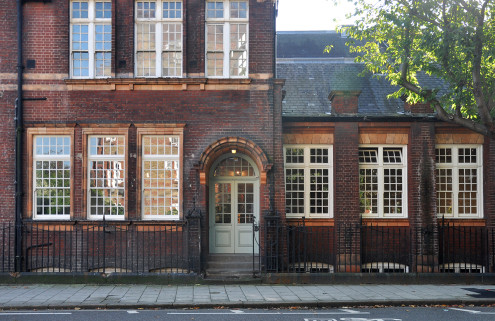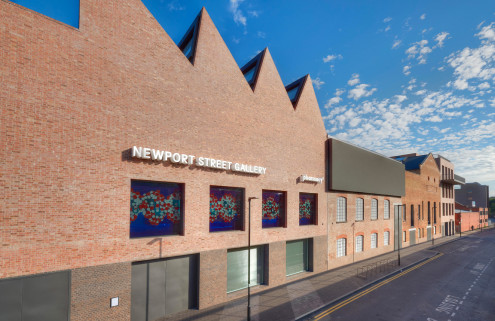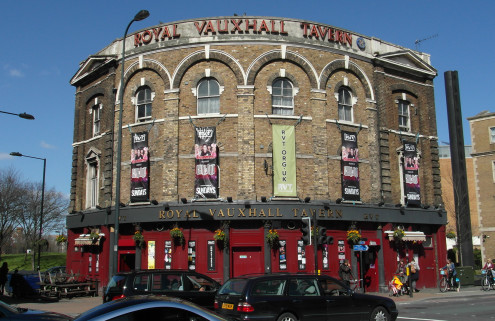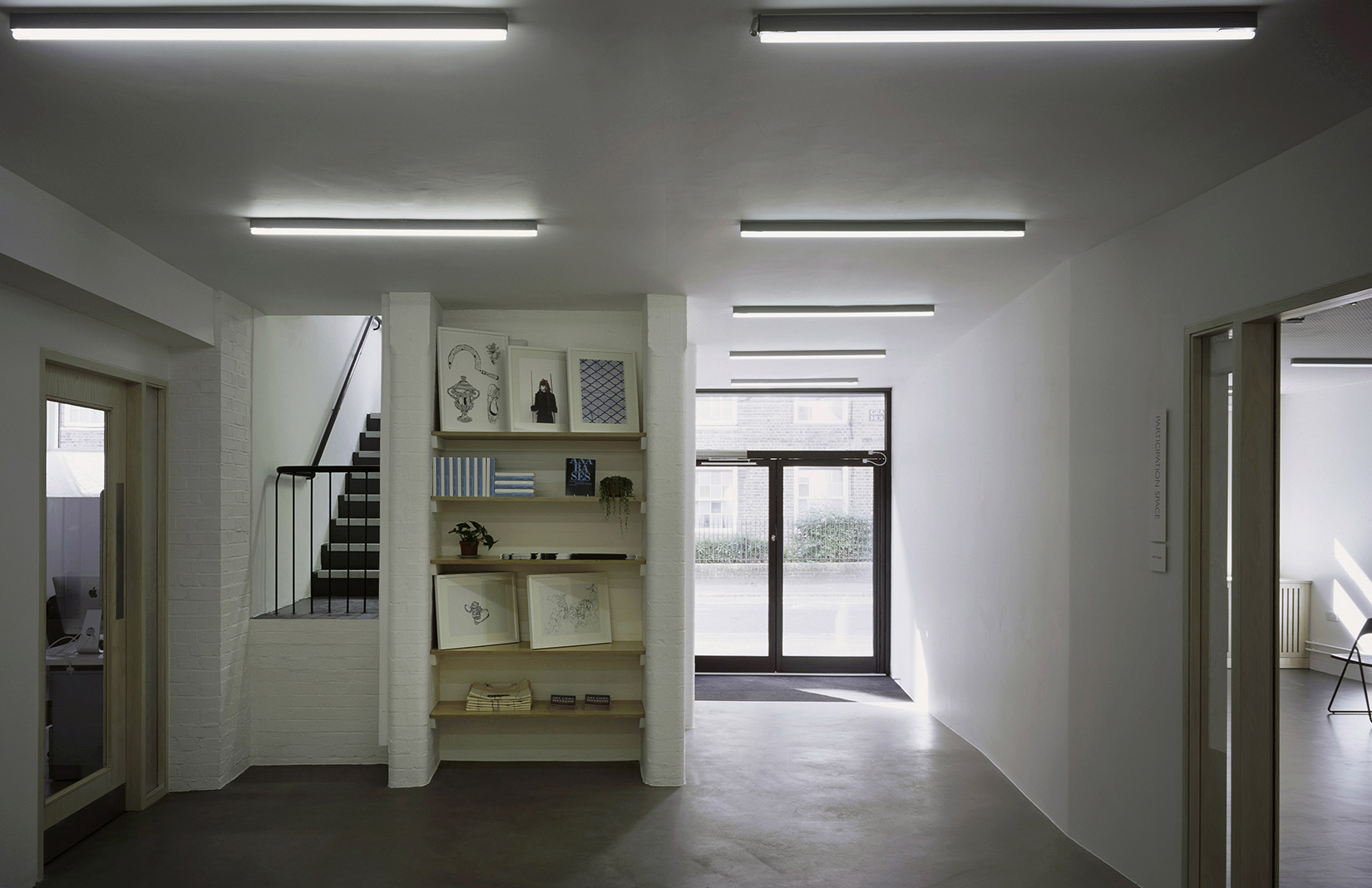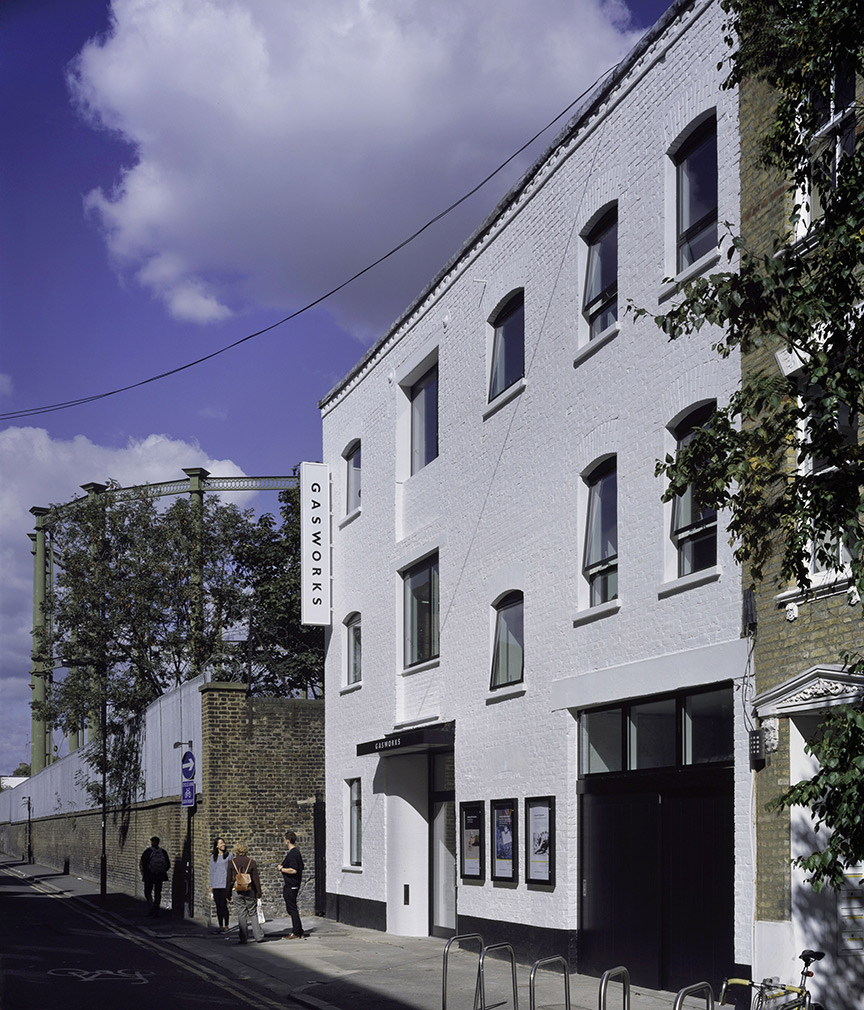
Photography: Ioana Marinescu, courtesy of Gasworks
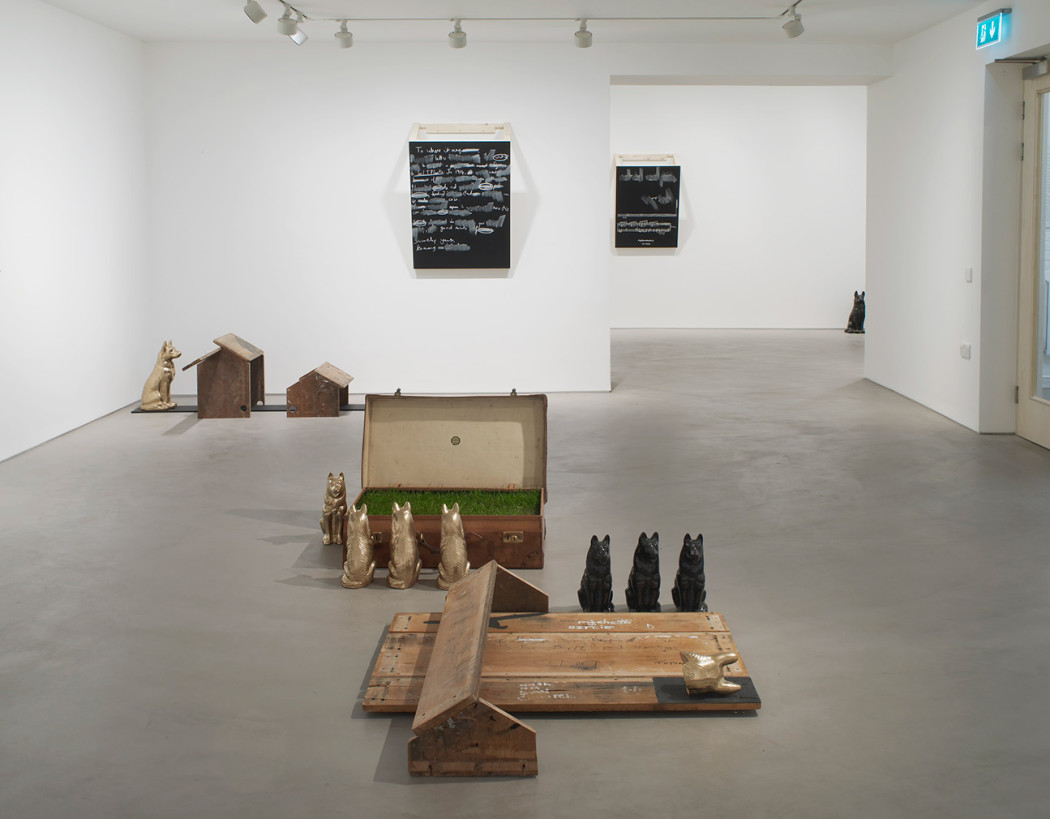
Kemang Wa Lehulere, ‘Sincerely yours,’ 2015, exhibition view. Commissioned by Gasworks. Courtesy the artist. Photography: Andy Keate
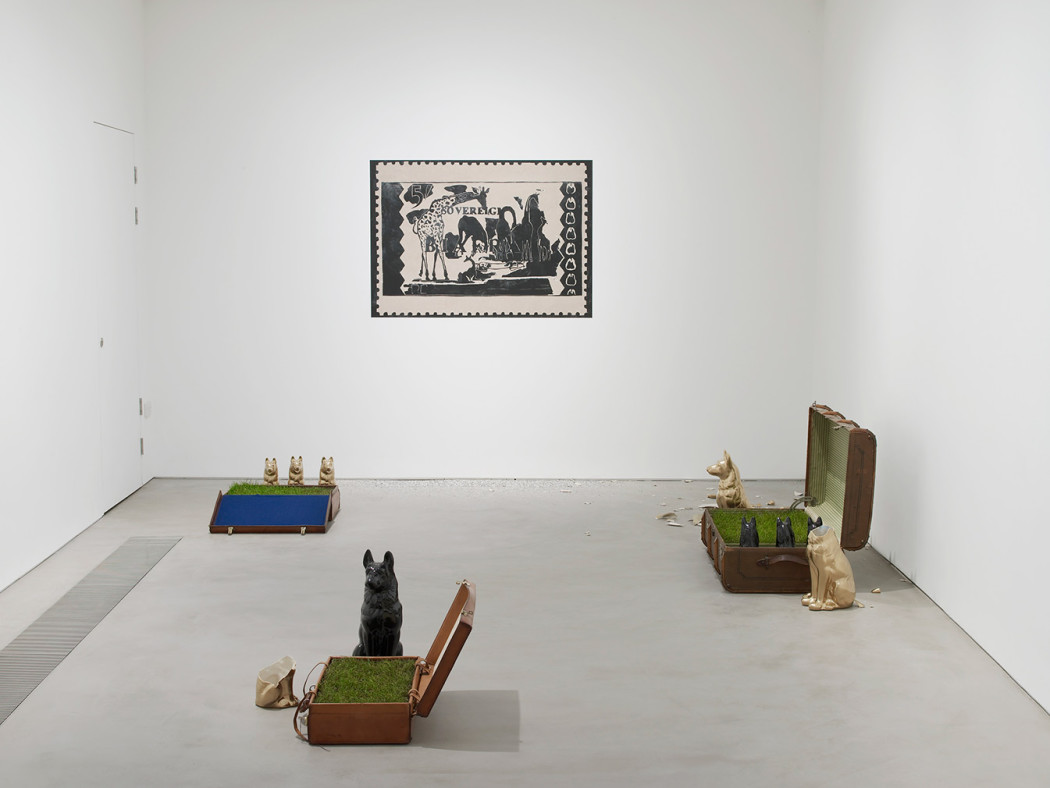
Kemang Wa Lehulere, ‘Sincerely yours,’ 2015, installation view. Commissioned by Gasworks. Courtesy the artist. Photography: Andy Keate
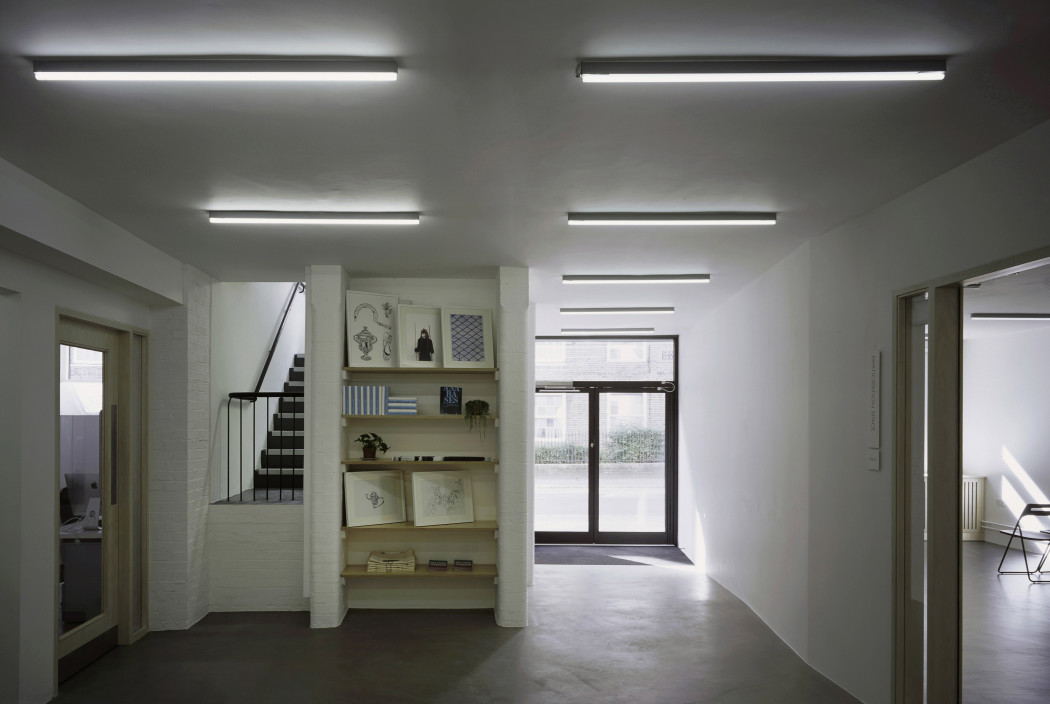
Photography: Ioana Marinescu, courtesy of Gasworks
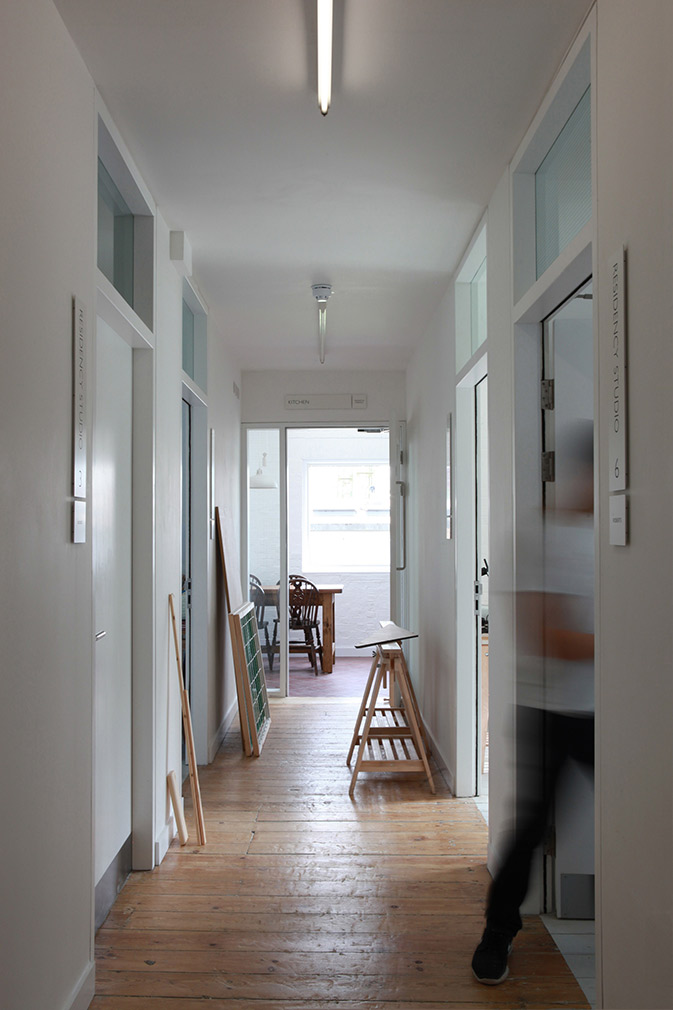
Photography: Ioana Marinescu, courtesy of Gasworks

Kemang Wa Lehulere, ‘Do not go far, they say, again,’ 2015. Commissioned by Gasworks. Courtesy the artist. Photography: Andy Keate

Kemang Wa Lehulere, ‘Forget me not,’ 2015. Commissioned by Gasworks. Courtesy the artist. Photography: Andy Keate
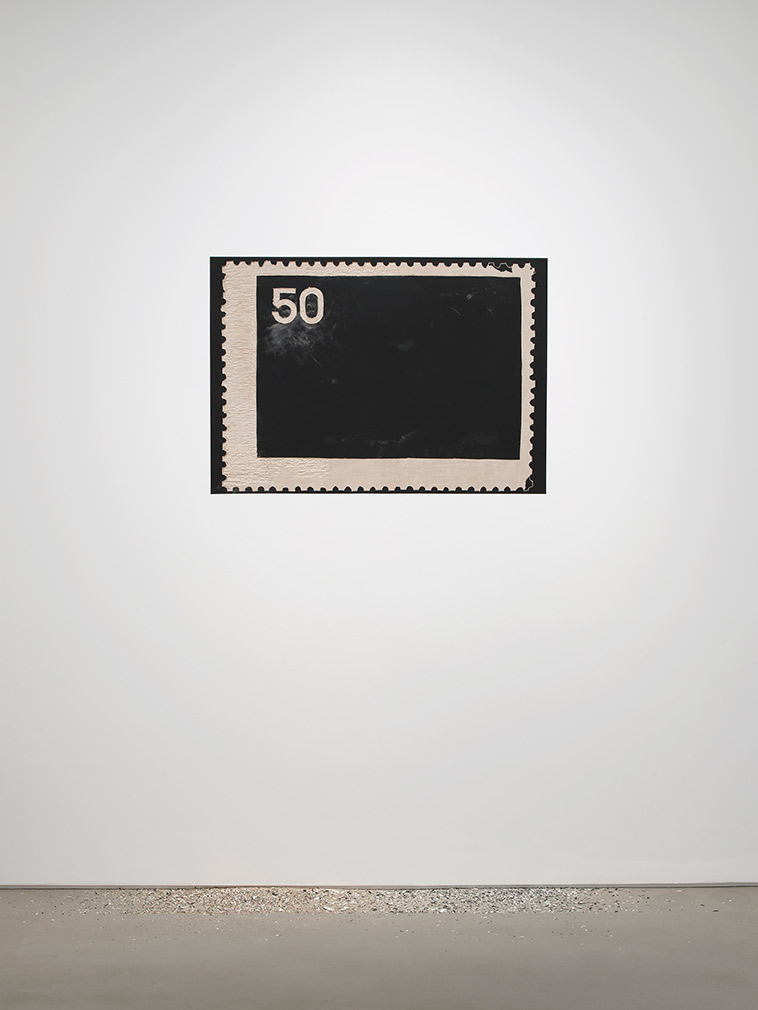
Kemang Wa Lehulere, ‘My apologies to time, again 2,’ 2015. Commissioned by Gasworks. Courtesy the artist. Photography: Andy Keate
When South African artist Kemang Wa Lehulere walked staff round his installation at the refurbished Gasworks in London’s Vauxhall, he picked up one of the kitschy ceramic watchdogs stationed around the room and smashed it to pieces.
Everyone jumped.
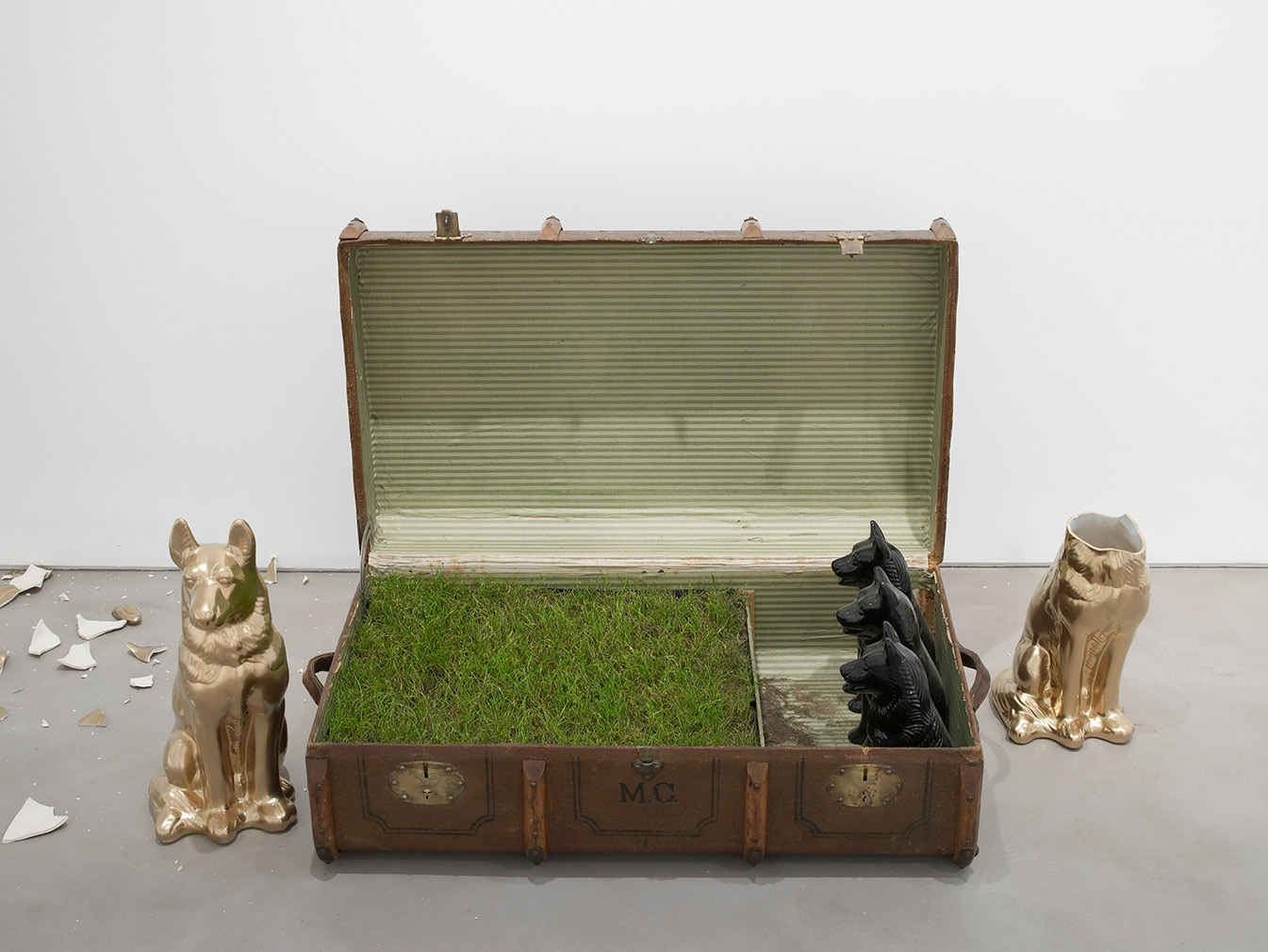
The act wasn’t a piece of performance art, but rather a way of demonstrating the fragility of our lives, our homes and our spirit.
And it likely wouldn’t have been possible in the old Gasworks, a 150-year-old Victorian warehouse.
That property had been randomly partitioned by the former owner, who took it over from a plastic Christmas tree depot. It was leased to Gasworks 21 years ago as a hodgepodge of rooms. The gallery displayed work by international artists like Mateo Lopez and Irene Kopelman, but just a few pieces at a go. It was poky and damp. The artist studios upstairs had no connection to one another.
Then Gasworks was offered the opportunity to buy its space outright. Management deployed its fundraising nous, but also started to ‘think more rationally about the way the space is laid out,’ according to Alessio Antoniolli, director of Gasworks for 17 years.
The area, once a downtrodden section of Vauxhall wedged between the Pleasure Gardens and the Oval, is now aspiring and middle class. Damien Hirst’s Newport Street Gallery is set to open in October nearby, followed swiftly by a new five-storey home for commercial gallery Cabinet next spring. But Antoniolli wanted the revamped Gasworks space to continue its neighbourhood outreach with ‘participation’ spaces and a welcoming street presence.
As research, he visited the Jerwood Gallery in Hastings, designed by London’s HAT Projects, a practice that specialises in small cultural spaces. HAT had recently won a RIBA award for High House, a block of affordable artists’ studios in Essex.
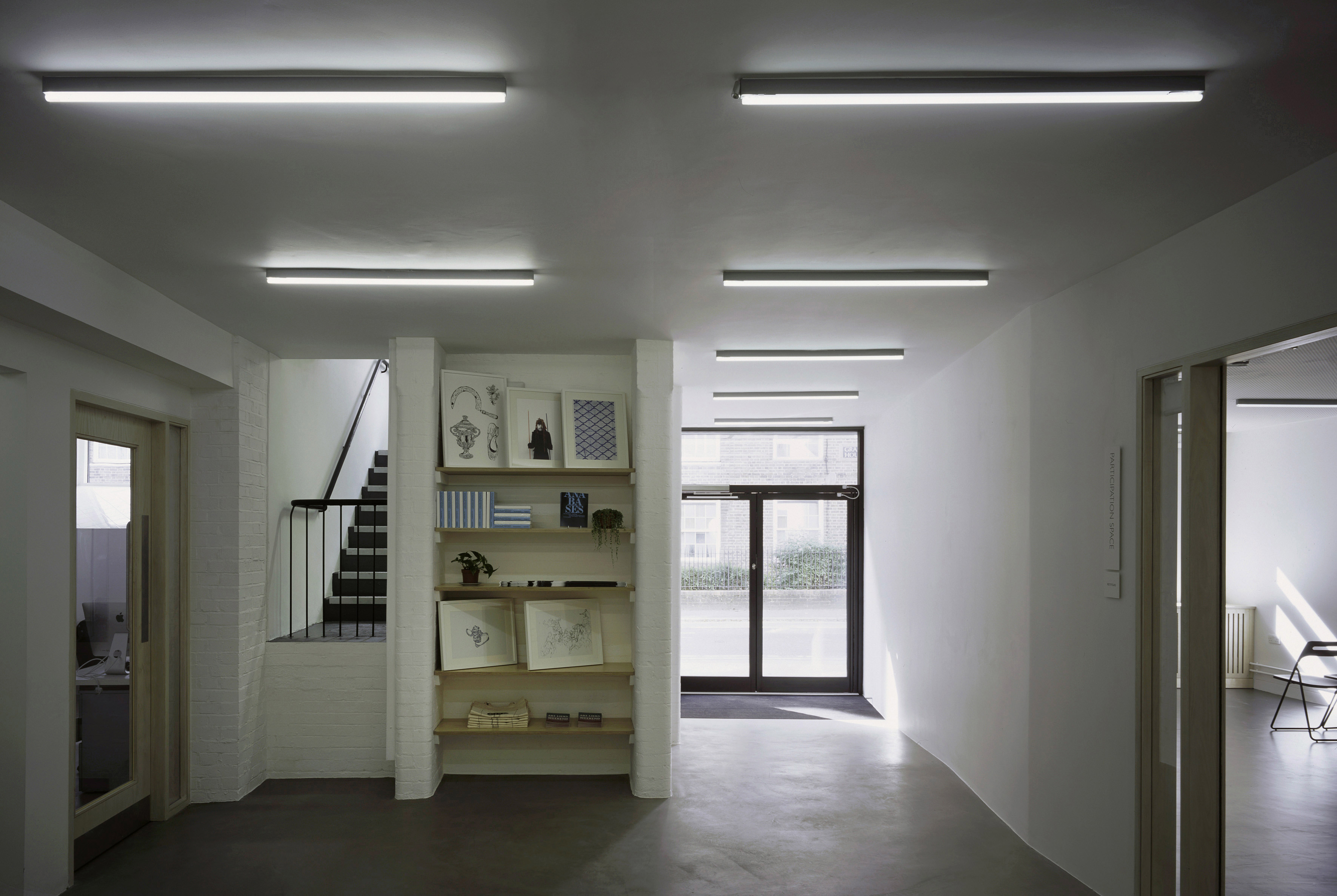
‘They have a propensity for social, community spaces – stunning but simple and sympathetic to the locality,’ says Antoniolli. ‘We thought, “They can do galleries, they can do public spaces, they can do artist studios, they’re perfect.”’
HAT’s Hana Loftus pushed the L-shaped gallery to its limits, doubling its size and sealing up walls to keep out light (video art is a Gasworks mainstay). Instead, natural light floods into the lecture hall, and bounces off a canted wall in the ground-floor office. These rooms, plus a pristine kitchen and bathroom, face onto a lobby large enough for entertaining.
Upstairs the architect fit 13 studios where there were only 11. Four reserved for visiting artists cluster near the kitchen. ‘There are more open-studio days up there, and a kitchen where you can bump into other artists,’ says Antoniolli. ‘We wanted to generate a space where dialogue is part of the process of making art. It’s something that was already written in our mission, but finally we have a building that encourages that.’
Loftus agrees. ‘Gasworks has a really special quality in combining the place where artists make their work with the place it’s exhibited and learnt from,’ she says. ‘The reconfiguring of the building connects all these functions in an intuitive spatial sequence.’
Adds Antoniolli: ‘It’s an improvement that makes us think more ambitiously about what is possible. A show like Kemang Wa Lehulere’s needs space to breathe, and it feels like we have that now.
‘And we don’t have to put plastic bin bags on the windows any more.’

